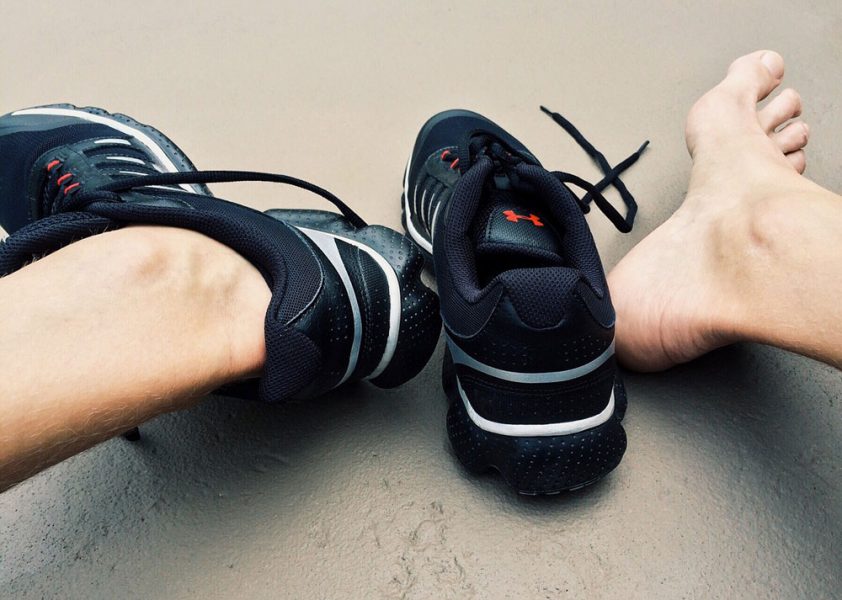
The dreaded lower leg pain that is shin splints can be disastrous for anyone’s running career. In fact, it’s not just runners who suffer from shin splints; so can tennis players, dancers and athletes.
Also known as ‘medial tibial stress syndrome’, shin splints are probably the most common injury and can usually be identified by a sharp pain if you were to press the inside of your shin. You will also begin to notice the pain more and more if you continue to run, and will be evident on each step.
Common Misconceptions
Often, runners experience similar pains down the shin which can be confused with shin splints. If you have pain on the outside part of your lower leg, then this might be what is known as ‘compartment syndrome’. This is essentially a swelling of the muscles
Another common injury is a stress fracture, which is actually a lot worse than shin splints. In order to properly diagnose this, you’d likely need to go for a scan.
Causes of Shin Splints
As with most injuries, there can be a variety of causes and it’s one a one answer fits all scenario. Here are some of the most common causes:
- Old, worn shoes
- Lack of proper warm up or stretching
- Excessive stress placed on one leg
- Running on sloped roads (causing one leg to receive brunt of force)
- Imbalance between calf muscle and front of leg
- Often experienced in one leg
Although thoughts have been conflicted over the years as to what exactly causes shin splints, most modern research points to it being caused repeated stress to the bone, with it bending on impact.
As you step, your tibia bends slightly to bear the load. In inexperienced runners, this body hasn’t fully adapted to this and can therefore cause shin splints. It can take weeks for it to repair itself and sometimes your bone is left more likely to be damaged again in the future.
Cures for Shin Splints
When you are suffering from shin splints, the first port of call is to either stop running or to significantly decrease the stress you’re placing on your shins. Another immediate treatment is to ice them in order to reduce any inflammation.
Here are other ways you can treat your shin splints:
- Rest (your body is telling you it needs it!)
- Ice your shins for 20-30 minutes each day
- Take painkiller like ibuprofen or aspirin
- Consider inserts for your shoes if you have an imbalance
- Fully warm up before running
- Buy new shoes if you have old, worn ones
- Stretch calf and Achilles
 Your Privacy Choices
Your Privacy Choices
 The
The